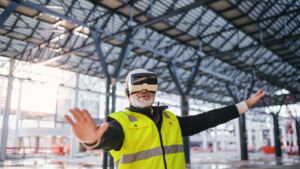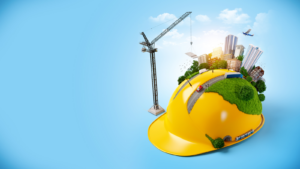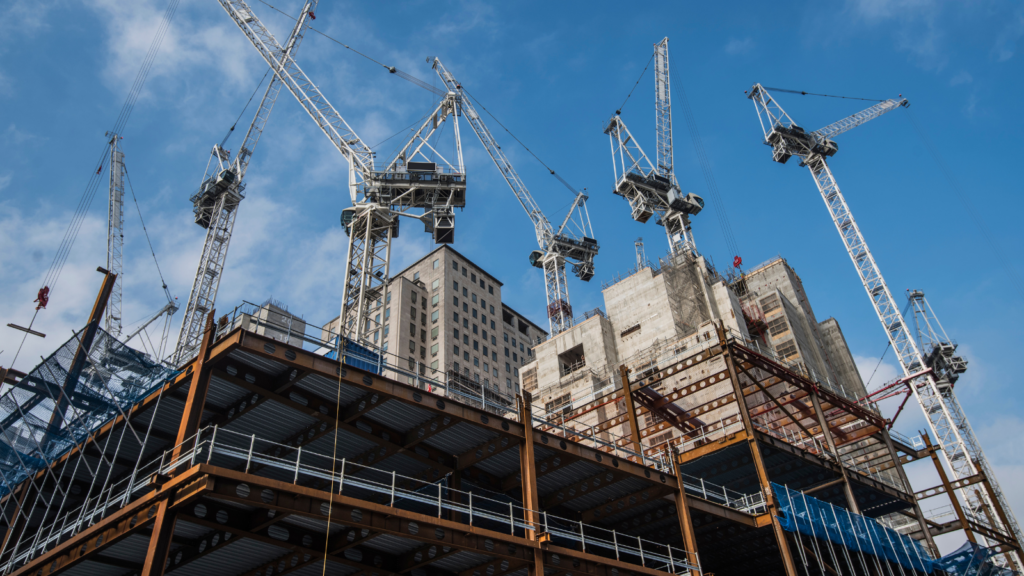The construction industry is experiencing a technological revolution that’s transforming job sites worldwide. From autonomous machinery to eco-friendly equipment, the latest trends are not just enhancing productivity but also prioritizing sustainability and safety. These innovations are reshaping how projects are executed, promising faster completion times and reduced operational costs.
As the demand for smart construction solutions grows, companies are increasingly adopting cutting-edge technologies. Innovations like drones for site surveys and AI-driven project management tools are becoming standard. This shift is not only streamlining construction processes but also enabling better decision-making and resource management. Stay ahead of the curve by understanding the latest construction equipment trends that are set to redefine the industry.
Construction Equipment Trends
Automation And Robotics
 Automation and robotics are transforming construction sites. Automated machinery increases precision and safety by handling tasks like bricklaying and welding. Robotics address labor shortages and reduce operational costs by efficiently performing repetitive tasks. According to a 2020 McKinsey report, automated systems are expected to enhance productivity by 50%. Examples include robotic bulldozers and autonomous cranes.
Automation and robotics are transforming construction sites. Automated machinery increases precision and safety by handling tasks like bricklaying and welding. Robotics address labor shortages and reduce operational costs by efficiently performing repetitive tasks. According to a 2020 McKinsey report, automated systems are expected to enhance productivity by 50%. Examples include robotic bulldozers and autonomous cranes.
Artificial intelligence (AI) is pivotal in modern construction. AI-driven tools optimize project management through predictive analytics and real-time monitoring. They enhance construction planning by analyzing large datasets for better decision-making. AI can also manage equipment maintenance, predicting failures and reducing downtime. Companies like Built Robotics and Kewazo are pioneering AI applications in construction.
Electric And Hybrid Machinery
Electric and hybrid machinery is gaining traction due to its environmental benefits and efficiency. These machines produce fewer emissions and cut operational costs associated with fuel. Hybrid excavators and electric loaders are becoming popular choices. A 2021 Caterpillar report noted that hybrid machines can reduce fuel consumption by up to 25%. Major brands are investing in this technology to meet rising demand for sustainable construction solutions.
Market Growth And Demand
The construction equipment market is seeing significant growth due to technological advancements and increased urbanization. Rising investments in infrastructure projects are also driving demand.
Regional Analysis
 North America and Europe lead the market due to high investment in infrastructure and stringent regulations. The Asia-Pacific region is witnessing rapid growth driven by urbanization, notably in countries like China and India. Latin America and Africa show potential due to untapped markets and emerging economies.
North America and Europe lead the market due to high investment in infrastructure and stringent regulations. The Asia-Pacific region is witnessing rapid growth driven by urbanization, notably in countries like China and India. Latin America and Africa show potential due to untapped markets and emerging economies.
Prominent companies shaping the market include Caterpillar, Komatsu, and Volvo Construction Equipment. Caterpillar focuses on automation and fuel efficiency. Komatsu champions smart construction through IoT integration and sustainability. Volvo emphasizes eco-friendly machinery, notably in electric and hybrid equipment.
Investment Opportunities
Investments in electric and hybrid machinery present significant opportunities, driven by rising fuel costs and environmental regulations. Smart construction technologies like IoT and AI offer high growth potential due to their impact on efficiency and project management. Emerging markets in Asia and Africa provide investors with substantial growth prospects.
Sustainability And Eco-Friendly Solutions
Sustainability and eco-friendly solutions are increasingly shaping the construction equipment landscape. Manufacturers are innovating to meet regulatory demands and reduce the environmental impact of their machines.
Green Construction Equipment
Green construction equipment incorporates electric and hybrid technology. These machines, like electric excavators and hybrid loaders, significantly lower greenhouse gas emissions and operational costs. Komatsu’s hybrid excavators, for instance, showcase up to 25% fuel savings over traditional models. The use of alternative fuels, such as biodiesel, also enhances environmental performance.
Emission Regulations
 Emission regulations drive advancements in construction equipment sustainability. Governments, particularly in North America and Europe, have set stringent emissions standards. The European Union’s Stage V regulations, which took effect in 2019, limit nitrogen oxides (NOx) and particulate matter (PM) emissions. Compliance with these standards necessitates innovation, pushing manufacturers toward developing cleaner engines and exhaust after-treatment systems.
Emission regulations drive advancements in construction equipment sustainability. Governments, particularly in North America and Europe, have set stringent emissions standards. The European Union’s Stage V regulations, which took effect in 2019, limit nitrogen oxides (NOx) and particulate matter (PM) emissions. Compliance with these standards necessitates innovation, pushing manufacturers toward developing cleaner engines and exhaust after-treatment systems.
Recyclable materials play a crucial role in the lifecycle of construction equipment. Companies are increasingly using sustainable materials, such as high-strength recycled steel, to build machinery components. Volvo Construction Equipment, for example, has incorporated recycled aluminum into the production of some of its machine parts, reducing material waste and overall environmental impact. Utilizing recyclable materials in equipment design promotes a circular economy, minimizing the footprint left by the construction industry.
Transformative Era
The construction equipment trends are on the brink of a transformative era. With advancements in autonomous machinery, AI-driven tools, and eco-friendly solutions, the sector is poised for unprecedented growth and efficiency. The integration of these technologies not only boosts productivity but also addresses critical issues like labor shortages and environmental impact.
Staying informed about these developments will be crucial for anyone looking to thrive in the evolving construction landscape.

